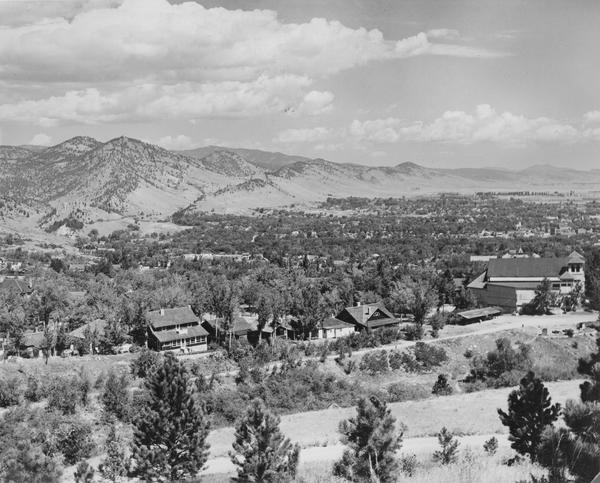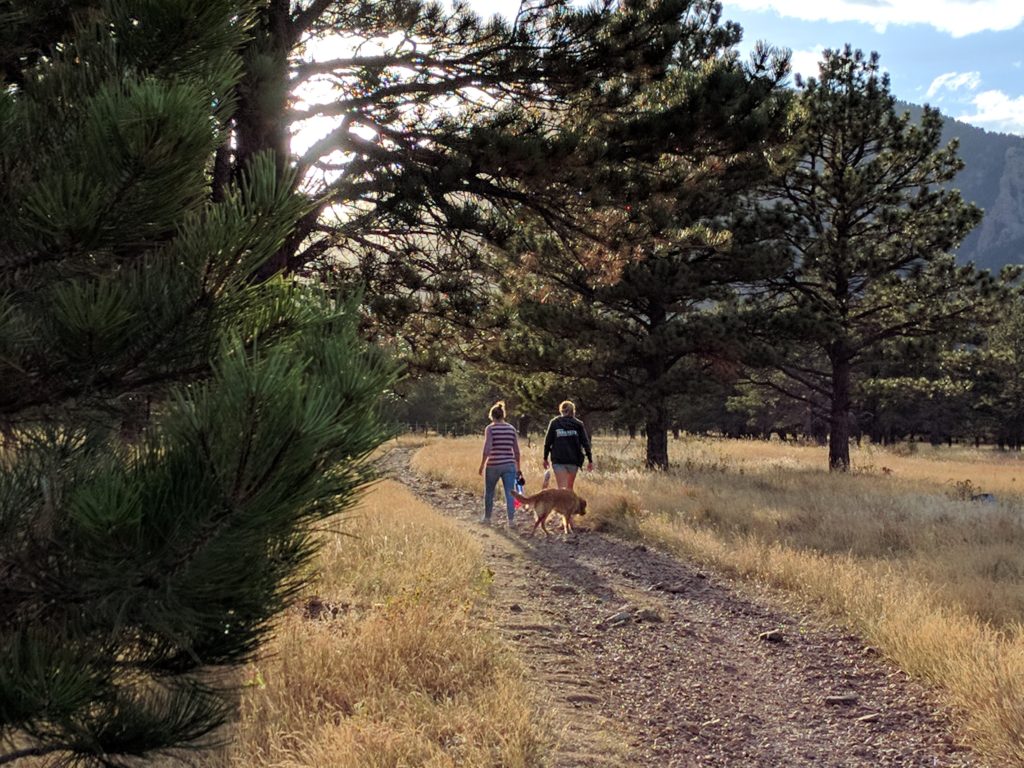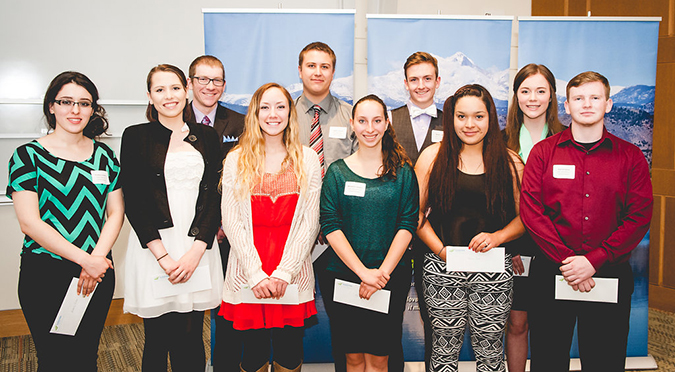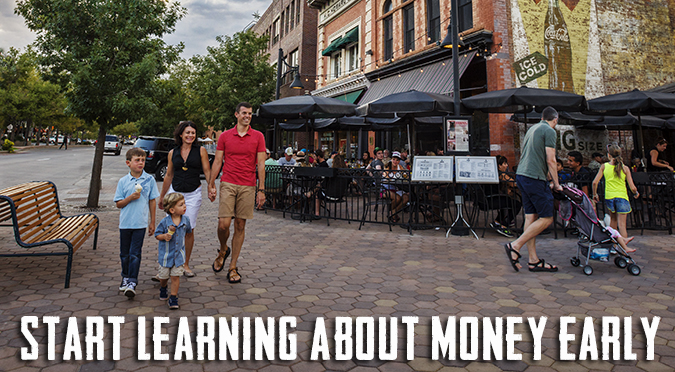Do you enjoy the Open Space and Mountain Parks land in and around Boulder? To celebrate Earth Day, we’re looking back at how this open space came to be with our partners at the Museum of Boulder.
Boulder has historically been among the most progressive cities in addressing environmental concerns, and its citizens care deeply about the environment. In fact, Boulder was one of the many college and university communities that celebrated the first official Earth Day in April 1970 with an environmental teach-in.

Boulder’s groundbreaking open space policies are chief among the city’s environmental protection initiatives. These open space policies began in 1959 when two University of Colorado professors, Robert McKelvey and Albert Bartlett, formed the organization PLAN-Boulder to advocate for planned growth.
That same year, a “blue line” measure limiting the provision of Boulder city water was implemented. The intent was to stop Boulder population growth into the foothills by not providing access to city water above 5,750 feet.
In 1967, landmark legislation led to the establishment of Boulder’s Open Space and Mountain Parks division and the acquisition of open space parcels well beyond the foothills. This legislation was known as Amendment 2 or the Greenbelt measure, and the Boulder Valley League of Women Voters lended its support to Amendment 2 with this statement:
“We shall retain the beautiful background of mountains and keep open spaces on the plains to continue Boulder’s unique identity.”
Opponents of the amendment argued that because many people did not use the land for recreation, it constituted a wasted opportunity for developers who might do more for the public good.
On the other side, proponents countered that everyone benefits because open space is available to all, plus local wilderness such as the greenbelts in Boulder contribute to the physical and psychological well-being of all residents. They argued that our natural resources are of not just material value, but spiritual value.

Another motivation for proponents was to help Boulder avoid becoming a part of the extended Denver area urban sprawl. There was a sense, due to recent population growth and proposals for foothills development (like the “Boulder Broadmoor” on the Enchanted Mesa in 1963) that this was the last chance to retain Boulder’s character as a discrete community with a preserved mountain backdrop.
When the amendment passed in November 1967 with 57 percent in favor, Boulder became the first city in the nation to implement a tax to protect its unique environmental identity. Due in part to the passage of Boulder’s Amendment 2, the idea of Open Space became an element of American urban planning now found in cities around the country.
Today, the City of Boulder owns and manages over 45,000 acres of Open Space and Mountains Parks land. We hope you take the time to get outside and enjoy the trails, views and fresh air this Earth Day!
This blog was written by the Museum of Boulder in partnership with Elevations Credit Union. Find out more about the Boulder’s unique environmental history and the people who shaped it by visiting the Museum of Boulder’s Boulder Experience Gallery.


